
Tag Archives Beneficial insects

Neonics still best flea beetle option
There’s mounting evidence the European ban has significant unintended consequences, entomologist says
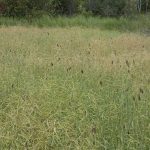
Weird pest phenomena a boon for farmers
They might sound creepy, but aphid ‘mummies’ and ‘summit disease’ are signs friendly fungi, insects are at hand

A multitude of bees are your tireless workers
You might be surprised to find out just how much extra canola a few more pollinators can bring to your bins
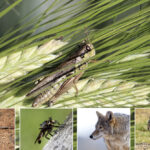
Predators line up for grasshoppers
Grasshoppers might be voracious — but so are the many things that consume them
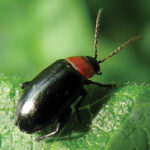
Targeting your crop enemies
Is the future of crop protection environmentally friendly biotechnology?
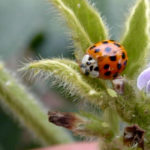
Participants wanted for on-farm study of flowering habitats
Study will look at impact of flowering habitats for pollinators, natural enemies of pests
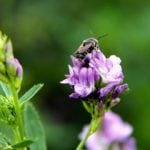
Pollinator study looks for producer buy-in
A University of Manitoba researcher is looking for land to measure the impact of pollinator strips

It’s a bug-eat-bug world, says Assiniboine faculty member
Researcher uses $25,000 NSERC grant to reduce pesticide use
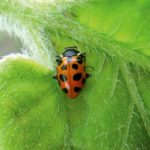
Seven beneficial insects on your farm
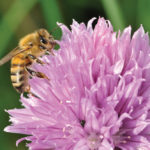
Spare the bees
New research may make for better-targeted pesticides that do their job but don’t hurt beneficial insects


